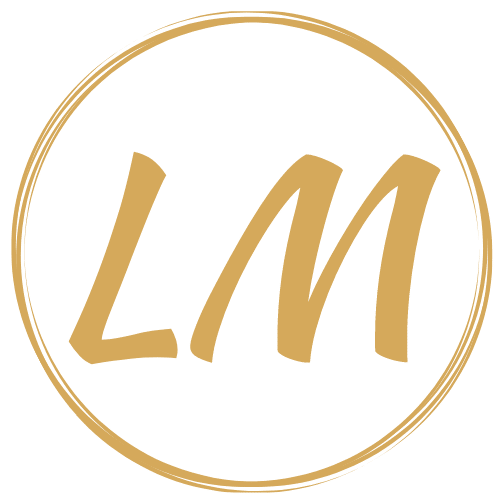We can rarely see our progress after a single attempt.
Like the polarising Prime Minister Magaret Thatcher would say – we may have to fight a battle more than once to win it.
It is easy to picture this idea with fitness exercises.
No one goes once or twice to the gym expecting to lose 5kg straight away.
We all know that we need many sessions before seeing any “significant” results.
This ties with the idea of resilience.
That we have to continue, even if we cannot distinctively see our progression.
Howard Schultz, former CEO of Starbuck, explained in his book: “Poor Your Heart Into It”, that to fund his project of Italian-style espresso bars
he spoke to two hundred forty two people.
And two hundred seventeen said they were not interested.
That’s a lot of “no” to face and digest.
Schultz had to have an unwavering conviction in his project
with a solid trust in himself to push through and build the premises of what is now a multi-billion dollar business.
From the outside, it looks like one of these success stories that Hollywood likes to transform into blockbusters,
You know, the ones where the hero stuck to his guns and, against all odds, emerged victorious.
But reality is often quite different from the movies.
So, yes, Schultz went and spoke to two hundred forty two people to be rejected two hundred seventeen times. That’s impressive.
But what the story doesn’t tell is how many times did he change the details of his “coffee” project?
How many times did he change his business plan, with his assumptions?
So, yes, Schultz was tenacious, but there is no doubt he was also able to adapt, so he could prevail in the end.
Resilience is made of two things: tenacity and adaptability. One doesn’t go without the other.
I like the quote from the author Robert Jordan that sums it up perfectly:
“The oak fought the wind and was broken,
the willow bent when it must and survived”
What if we went to the gym for months without losing a single kilo?
It’s time to ask ourselves if our training sessions are suitable in their current format?
Or if our diet is adjusted properly?
Maybe we are just a few changes away from making our efforts pay off.
We do. We learn. We grow.
This concept was well explained by Eric Ries, entrepreneur and author of the Lean Startup.
Simply put, to increase the chances of a startup to be successful, we have to efficiently learn through iteration
to ensure our product or service finds its audience and answers its needs.
And the interesting part is that,
even if we are not in a startup, we can apply these ideas on any project we want to take on.
Ries explained that we should observe and judge our progress through a gated process,
where we decide whether to persist on our idea, pivot or let it perish.
And the last point is really ambivalent.
On one side, we let some ideas perish without even giving them a chance, without even really trying to see if they work.
And on the other side, we are so convinced that this is the 1-million dollar idea, the golden goose, that we refuse to let go.
We wear blinders, unable to see and acknowledge the reality of our situation.
For instance, we could be in a relationship that is not working, where the other one doesn’t love us. We could be thinking: “I invested so much in this relationship. I put so much time and effort into making it work. I cannot let it go now. It will all be wasted. All for nothing.”
And when we do, it is normal.
We fall for one of our cognitive biases, called the sunk cost fallacy.
Basically, we are likely to continue an endeavor if we have already invested time, effort or money into it,
whether or not the current costs outweigh the benefits.
That’s why we stay with a partner we don’t love anymore, because “we spent so much time together”.
That’s why we keep on funding the renovation of an old house, even if it would be cheaper to buy a new one.
The awareness of this bias doesn’t make it any easier to counter it.
It requires us to make choices, which can be tough.
Like an entrepreneur pondering whether she should persist with her startup idea, pivot or let it perish; decisions can create stress, anxiety and self-doubt.
We have to learn. Thinking is only one part of the equation. We also have to do.
We should use both, thinking and doing, as they form a cycle enabling our growth.
To help us, we can ask ourselves: “When I am saying yes to this, what am I implicitly saying no to?”
When we say yes to go to a party, we say no to the cozy night at home, reading a book.
When we say yes to stay in our current company, hoping for a promotion, we are saying no to other job offers.
Letting go doesn’t always equate to losses.
It simply means we are exploring new opportunities and growing.
If you think this video could be useful to someone you know, please share it.
And if you want more, follow me on my socials.
See you soon,
Lison


Responses